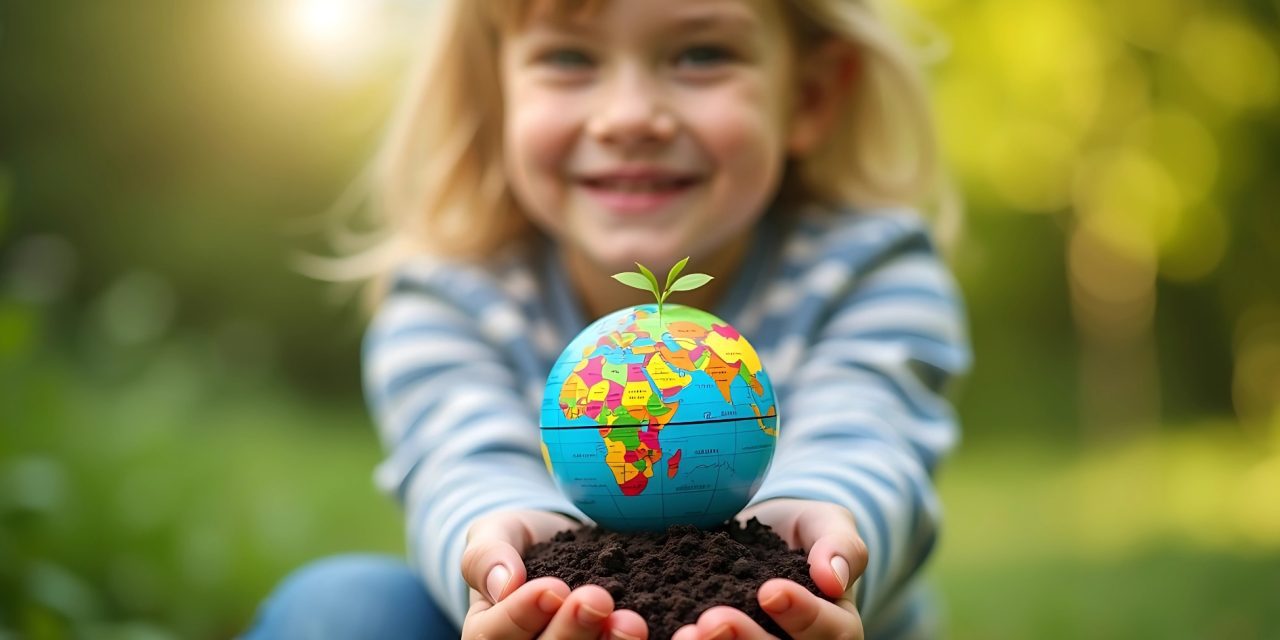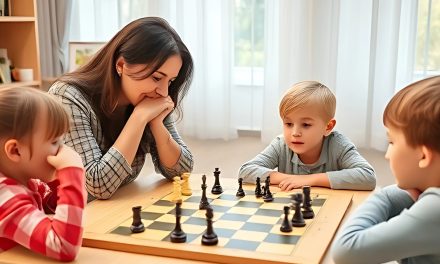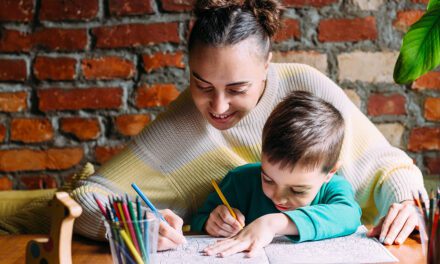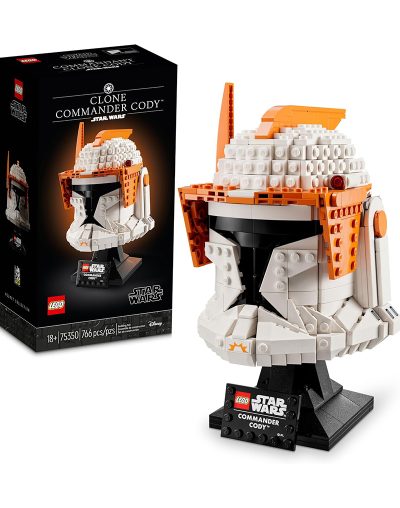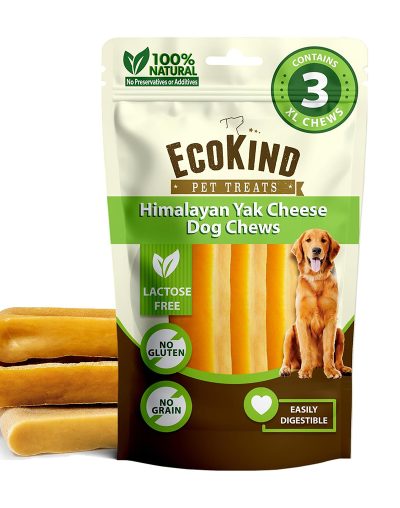Let’s face it—kids are our future, and if we want that future to include breathable air, clean oceans, and less plastic, we’ve got to start teaching them about sustainability now. Here’s how introducing eco-friendly habits to the next generation is a game-changer:
- Builds Awareness: Kids learn about the impact of their choices on the environment.
- Encourages Responsibility: They develop habits that contribute to a healthier planet.
- Promotes Problem-Solving: Kids think critically about how to reduce waste and conserve resources.
- Creates Future Leaders: Environmentally conscious children grow up to be advocates for change.
Teaching sustainability doesn’t have to be complicated. By incorporating small changes into your daily routine, you can make a big difference while setting a positive example for your kids.
Easy Ways to Teach Sustainability at Home
1. Start with Recycling Basics
Show kids how to sort recyclables from regular trash. Create clearly labeled bins for paper, plastics, metals, and glass. Make it a game by awarding points for correctly sorted items, turning recycling into a fun and interactive activity.
2. Create a Composting System
Teach your kids about composting by setting up a small compost bin in your backyard or kitchen. Explain how food scraps and yard waste can be turned into nutrient-rich soil for plants. Allow them to take part in turning the compost and using it in your garden.
3. Plant a Family Garden
Gardening teaches kids about the importance of growing their own food and caring for the earth. Start with easy-to-grow vegetables like carrots, tomatoes, or lettuce. Let each child choose their own plant to tend, giving them a sense of ownership and pride.
4. Reduce Energy Use Together
Encourage kids to turn off lights and unplug devices when not in use. Make it a family goal to reduce energy consumption by setting up a “light patrol” or creating an energy-saving chart to track progress.
5. Emphasize Reusable Alternatives
Replace single-use items with reusable options, such as:
- Cloth napkins instead of paper ones.
- Reusable water bottles and lunch containers.
- Tote bags for shopping trips.
Explain how these small changes reduce waste and protect the environment.
6. Organize a Toy or Clothing Swap
Host a swap event with friends or neighbors to exchange gently used toys and clothes. Teach kids the value of reusing items instead of throwing them away, and encourage them to donate items they’ve outgrown.
7. Explore Sustainable Crafts
Get creative by repurposing household items into art projects. Use toilet paper rolls for craft rockets, milk cartons for bird feeders, or old jars for flower vases. These activities are both fun and eco-friendly.
8. Read Books About the Environment
Inspire kids with stories that highlight the importance of caring for the planet. Some great titles include:
- The Lorax by Dr. Seuss
- 10 Things I Can Do to Help My World by Melanie Walsh
- Compost Stew by Mary McKenna Siddals
Reading together sparks conversations about sustainability and reinforces its importance.
9. Reduce Water Waste
Teach your kids to conserve water by:
- Turning off the tap while brushing their teeth.
- Using buckets to collect rainwater for outdoor plants.
- Timing showers to minimize water use.
Create a challenge to see who can save the most water during the week!
10. Volunteer for Environmental Causes
Participate in activities like park cleanups, tree planting, or community recycling events. These hands-on experiences show kids the immediate impact of their efforts and instill a lifelong love for environmental stewardship.
Making Sustainability Fun and Engaging
- Create Challenges: Turn sustainability into a family game with challenges like a zero-waste day or a recycling race.
- Celebrate Milestones: Reward your kids’ efforts with small treats or family outings when they hit eco-friendly goals.
- Lead by Example: Children learn by watching, so model sustainable behaviors in your daily life.
The Long-Term Benefits of Teaching Sustainability
When kids grow up understanding the importance of protecting the planet, they’re more likely to carry those values into adulthood. By making sustainability a family priority, you’re nurturing environmentally conscious individuals. More importantly, you're contributing to a healthier future for generations to come.
Start implementing these tips today, and watch as your family becomes a force for positive change in the world!
Ready to raise a generation of eco-warriors? Head over to Marvelus Kids for more green tips that’ll make sustainability easy, fun, and totally doable!
